01.09
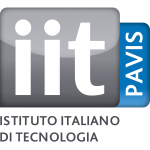 The new year brings some changes…we are now PAVIS – Pattern Analysis and Computer Vision at IIT.
The new year brings some changes…we are now PAVIS – Pattern Analysis and Computer Vision at IIT.
 The new year brings some changes…we are now PAVIS – Pattern Analysis and Computer Vision at IIT.
The new year brings some changes…we are now PAVIS – Pattern Analysis and Computer Vision at IIT.
 The work in collaboration with the Nanophysics facility at IIT has the cover on the December issue of Nature Methods!
The work in collaboration with the Nanophysics facility at IIT has the cover on the December issue of Nature Methods!
@Article{Cella:etal:NM2011,
author = {F. {Cella Zanacchi} and Z. Lavagnino and M. {Perrone} and A. {Del Bue} and L. Furia and M. Faretta and A. Diaspro},
title = {{Live-cell 3D super-resolution imaging in thick biological samples}},
journal = {Nature Methods},
pages = {1047-1049},
year = {2011},
month = {December},
url = {http://www.nature.com/nmeth/journal/v8/n12/full/nmeth.1744.html},
Doi = {10.1038/nmeth.1744}
}
ICCV 2011 Tutorial on
Non-Rigid Registration and ReconstructionSunday, 6 November 2011, 13th International Conference on Computer Vision (ICCV 2011), Barcelona, Spain |
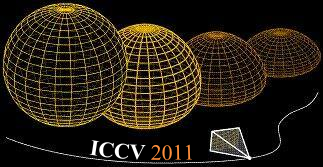
|
You can check the tutorial page for more information and links to the previous tutorial editions.
The tile paintings is rightly characterized as one of the art forms that more easily identifies the Portuguese artistic heritage. It has enjoyed a growing attention in recent years and the number of links between the analysis of the tiles work and traditionally unrelated knowledge domains has been increasing. For example, the Robotics and, particularly, Computer Vision, is one of these domains and the PrintART Project, underway since 2010, can represent a milestone in this relationship between different fields of knowledge.
[...]
The main objective of the PrintART project is to provide a tool for retrieving the prints that inspired a given painting on a panel of tiles. This tool compares prints and images of tiles to find matching shapes and compositions. The question that the project seeks to answer is: by introducing an image of a panel of tiles in a vast database of images of prints, will it be able to identify one or more prints similar to that panel?
For the art history researcher, to look for prints that inspired the artists to paint a particular composition is still a job that requires thorough study and enormous capacity to exploit the researcher’s visual memory. Although the human eye is still infinitely more effective that any software tool, new technologies, and massive digitization of books and images, present great opportunities to the community.
[...]
The use of statistical techniques for pattern recognition has enormous potential to perform automatic analysis of databases of art images, thus reducing the time normally spent by the observer who does not use any software tool. The technology developed in this project shows promising results and the use of these new techniques can open new perspectives to art history.
The exciting aspect of the Istituto Italiano di Tecnologia (IIT) is the possibility to work on several aspects of science. This year was indeed very intense, until now I did not quite realise on which extent Computer Vision was applied in the projects we have in our group. While I was trying to put some order in the scientific activities there was something quite surprising. The visual shapes we were dealing with spanned from the smallest biological molecules to astral bodies in space — almost reaching a total of 14 orders of magnitude in size. Here there is a summary from the smallest to the biggest:
• 3D localisation of fluorescent particles for Nanoscopy – 10-8:  Localising the tiniest molecules in thick biological samples is a challenge in modern Microscopy. In this project we helped the IIT Nanophysics group to raise the state of the art in terms of accuracy in 3D localisation. More details on the new Nature methods paper here. Localising the tiniest molecules in thick biological samples is a challenge in modern Microscopy. In this project we helped the IIT Nanophysics group to raise the state of the art in terms of accuracy in 3D localisation. More details on the new Nature methods paper here.
|
• Analysis of the morphology of neuronal networks – 10-5: 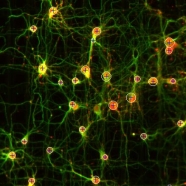 This ongoing work is based on the in vitro analysis of the morphology of neuronal networks using images from a high-density microelectrode array (MEA). The aim is to extract the positions and links among different cluster of neurons. This information will be coupled together with electro-physiological signals in order to understand the functionality of the network. In collaboration with Alessandro Maccione and Luca Berdondini from the Neuroscience and Brain Technology (NBT) department @ IIT. |
• Automatic microphones localisation – 10-2: 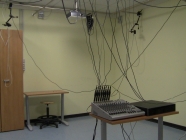 The set of microphones and the audio arrays in the Cerberus lab need a precise 3D localisation in order to work. Recently we have found a new set of computational tools able to localise the microphone position solely from sound events. The overall accuracy of the system is less then half a centimeter. More news soon! |
• 3D deformable modelling – 100: 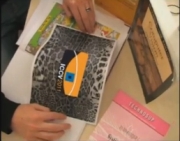 With Multiview 3D warps – M3DW we presented together with A. Bartoli a framework that can model dense deformations of an image from an image sequence. The ideal applications are surface retexturing and deformation cloning.
|
• Large-scale 3D reconstruction – 103: We have recently extended the BALM algorithm to deal with large-scale reconstruction of a size such as Piazza San Marco in Venice. A new update of the code and the data will be published soon.
|
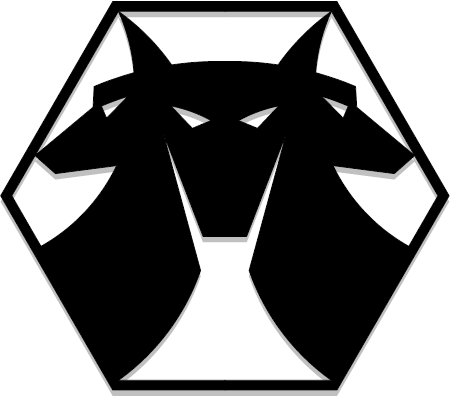 The last set of sensors is ready and this conclude the instruments available at the PLUS lab.
The last set of sensors is ready and this conclude the instruments available at the PLUS lab.
Now the lab can listen using a set of microphones that we will use to test novel self-calibration algorithms for microphone arrays. Also, our postdoc Marco Crocco has built a custom 32 microphone array for acoustic imaging applications. In the future, some projects in our lab will exploit the multi-modality of all these sensors also in the context of video-surveillance applications.
NEWS: there is a page with more details about the M3DW, please check this link.
Adrien Bartoli and I are going to present a new way of modelling shape deformations that tries to unify the classical image warp modelling and Structure from Motion approaches. We call such framework Multiview 3D Warps (M3DW). More news about the approach will appear soon on these pages. For the moment, a preview of a retexturing application using M3DW:
Original video sequence:
|
Retextured Logo: |
Lourdes, Adrien and I are going to present the next edition of the tutorial on Computer Vision in a Non-rigid World at ICCV 2011 this year. Please check the tutorial page for information and links to the previous tutorial editions. Hope to see you in Barcelona!!!
Next week the 2nd PLUS school will take place at the Italian Institute of Technology (IIT). The school will cover the object recognition and scene understanding themes. For 4 days Fei-Fei Li and Silvio Savarese will present the recent advancements in this exciting field of Computer Vision. More details at the school web page.
I am co-organising the Fourth Workshop on Non-Rigid Shape Analysis and Deformable Image Alignment (NORDIA’11) to be held in conjuction with CVPR 2011 conference. Here you can find the call for papers:
|
Fourth Workshop on Non-Rigid Shape Analysis and Deformable Image Alignment (NORDIA’11) 24 June 2011, Colorado Springs, USA Chairs: Nonrigid and deformable shapes are ubiquitous in the world surrounding us, on all levels from micro to macro. The need to study such shapes and model their behavior arises in a wide spectrum of applications, ranging from medical imaging and augmented reality to design engineering and homeland security. In recent years, problems of nonrigid shape analysis and deformable image alignment have attracted a growing interest in computer vision and pattern recognition communities, which has led to rapid development of the field, where state-of-the-art results from very different sciences – theoretical and numerical geometry, optimization, linear algebra, graph theory, machine learning and computer graphics, to mention a few are applied to find solutions. NORDIA 2011 comes following the success of the previous issues of the workshop in 2008, 2009 and 2010. The purpose is to bring together leading researchers dealing with different aspects of nonrigid shape analysis and deformable image alignment in order to promote new interdisciplinary collaborations and expose each side to the most recent results and problems in each field. The purpose is to identify new problems as well as potential solutions. The unique value of the workshop is bringing together people from communities traditionally considered to be working in different areas and rarely meeting in the same conferences. Topics Paper submission: 5 March |